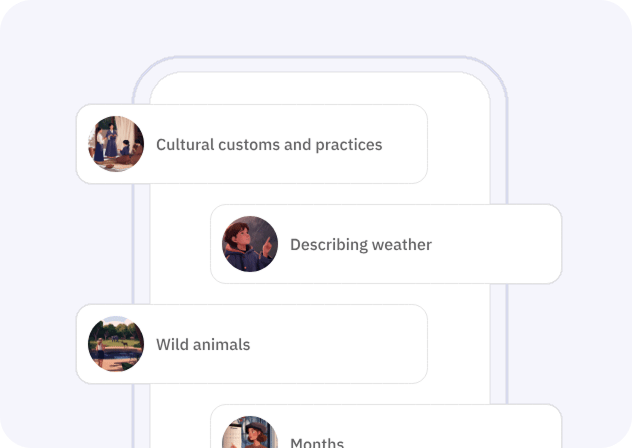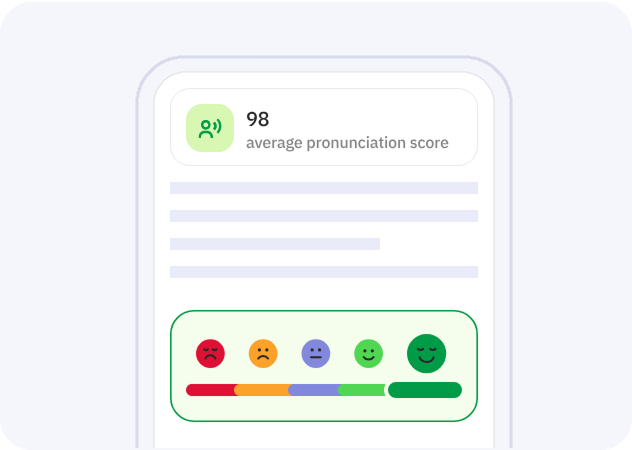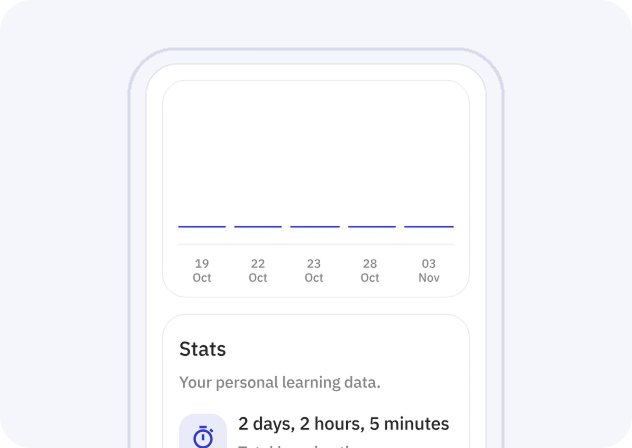Das englische Verb "to contrast" ist ein Begriff, der oft in verschiedenen Kontexten verwendet wird, um Unterschiede oder Gegensätze zwischen zwei oder mehreren Dingen hervorzuheben. Es stammt aus dem Lateinischen „contrastare“, was „sich widersetzen“ bedeutet. Im Deutschen kann das Verb "kontrastieren" als Entsprechung verwendet werden. Die Definition von "to contrast" lautet: „to compare in such a way as to emphasize differences“ - also „vergleichen, um Unterschiede zu betonen“. Das Hauptziel dieses Verbs besteht darin, die verschiedenen Eigenschaften, Merkmale oder Qualitäten von Objekten, Konzepten oder Personen gegenüberzustellen, um ihre spezifischen Unterschiede klarer und deutlicher zu machen. Der Einsatz dieses Verbs ist in der Alltagssprache, in wissenschaftlichen Arbeiten, in der Kunst und Literatur weit verbreitet, da es hilft, ein tieferes Verständnis und eine klarere Perspektive zu den verglichenen Elementen zu schaffen.
The bright colors of the painting contrast sharply with the dark frame.
She often contrasts her quiet personality with her brother's outgoing nature.
The two theories contrasted significantly in their approach to solving the problem.
When you contrast their work ethics, it becomes clear who is more dedicated.
The chef contrasted the spicy main course with a sweet dessert.
In the essay, the author contrasts the benefits of technology with its potential drawbacks.
The artist uses light and shadow to contrast different elements of the composition.
The research paper contrasted the economic policies of two different administrations.
The calm sea contrasted beautifully with the stormy sky in the photograph.
Her bright dress contrasts nicely with the muted colors of the room.
I contrast the two ideas.
You contrast the colors well.
He contrasts the shapes.
She contrasts the textures.
It contrasts sharply with the background.
We contrast the different styles.
They contrast the old with the new.
I contrasted the two ideas yesterday.
You contrasted the colors well in your painting.
He contrasted the shapes in his sculpture.
She contrasted the textures in her design.
It contrasted sharply with the background last night.
We contrasted the different styles in our presentation.
They contrasted the old with the new in their work.
I will contrast the two ideas tomorrow.
You will contrast the colors in your next project.
He will contrast the shapes in his upcoming piece.
She will contrast the textures in her new collection.
It will contrast with the background in the future.
We will contrast the different styles in our next exhibit.
They will contrast the old with the new in their future work.
I have contrasted the two ideas several times.
You have contrasted the colors in your artwork.
He has contrasted the shapes in his designs.
She has contrasted the textures in her fabrics.
It has contrasted with the background before.
We have contrasted the different styles in our discussions.
They have contrasted the old with the new in many projects.
I had contrasted the two ideas before the meeting.
You had contrasted the colors before starting the painting.
He had contrasted the shapes before presenting his work.
She had contrasted the textures before the fashion show.
It had contrasted with the background in previous versions.
We had contrasted the different styles before our final decision.
They had contrasted the old with the new in earlier drafts.
I will have contrasted the two ideas by the end of the day.
You will have contrasted the colors by the time you finish.
He will have contrasted the shapes by the exhibit opening.
She will have contrasted the textures by the next show.
It will have contrasted with the background by then.
We will have contrasted the different styles by our meeting.
They will have contrasted the old with the new by the deadline.
Der effizienteste Weg, eine Sprache zu lernen
Talkpal kostenlos
Jeder Mensch lernt auf seine eigene Art und Weise. Mit Talkpal sind wir in der Lage, zu untersuchen, wie Millionen von Menschen gleichzeitig lernen, und die effizientesten Bildungsplattformen zu entwerfen, die für jeden Schüler angepasst werden können.

Sie erhalten sofortiges, persönliches Feedback und Vorschläge, um Ihre Sprachbeherrschung zu beschleunigen.

Lernen Sie mit Methoden, die auf Ihren eigenen Stil und Ihr eigenes Tempo zugeschnitten sind, um eine persönliche und effektive Reise zum flüssigen Sprechen zu gewährleisten.
Talkpal ist ein KI-gestützter Sprachtutor. Das ist die effizienteste Art, eine Sprache zu lernen. Chatten Sie über eine unbegrenzte Anzahl interessanter Themen, indem Sie entweder schreiben oder sprechen, während Sie Nachrichten mit realistischer Stimme empfangen.


Talkpal, Inc., 2810 N Church St, Wilmington, Delaware 19802, US
© 2024 All Rights Reserved.